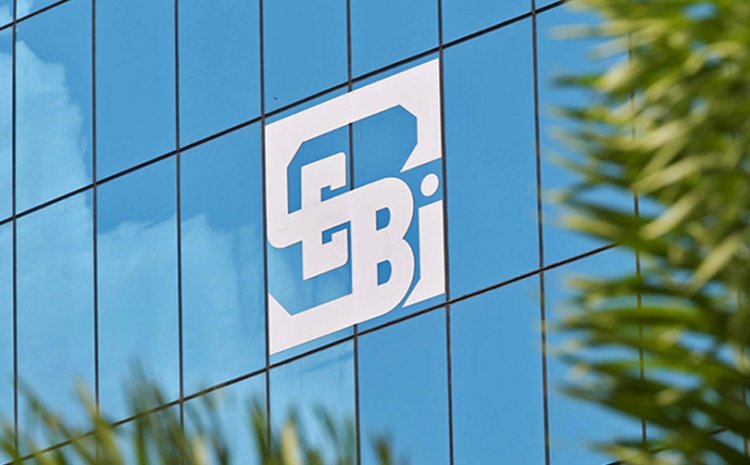Impact of safety ratings on your fixed deposits

According to a survey conducted by SEBI, more than 95% of Indian households held savings in the form of bank fixed deposits in 2015. The credit for this goes to the safety and guaranteed returns those FDs promises, which help them stand out for both conservative investors and those looking to balance the risk on their portfolio. Also, bank fixed deposits are insured by the DICGC by the virtue of which investments are insured up to a maximum of Rs. 1 lakh. This insurance amount covers both principal and interest.
In the case of company fixed deposits, the scenario is slightly different in terms of interest rates and safety. Company FDs offer higher interest rates when compared to those offered by banks and post offices. As a thumb rule, with higher returns come higher risks and, in a bid, to completely close the door on risk, investors often lose out on attractive returns that can add to their portfolio.
What are safety ratings?
To encourage investors and instil a sense of security in them, credit rating agencies like CRISIL and ICRA Rate Company fixed deposits based on their safety. Such safety ratings are based on the issuer’s credit rating and profile, financial obligations, and credibility in the market. Here are some of the most important factors that credit rating agencies consider:
· Issuer’s liquidity
· Issuer’s debt repayment profile
· Issuer’s track record and customer service
· Market for the FD and existing competition
· Issuer’s risk management structure
· Issuer’s management team
· Scope for expansion in issuer’s business
· FD maturity profile/s
· FD renewal rate
· Granularity of the FD
Credit rating agencies take all the aforementioned factors into consideration and rate the FDs to indicate the likelihood of safety and timely repayment of an investor’s principal and payment of returns. These ratings thus help you to differentiate between low-risk and high-risk FDs.
Here is the nomenclature of CRISIL and ICRA FD safety ratings for the fixed deposits with a tenor of more than a year.
CRISIL:
· NM: Not meaningful
· FD: Default
· FC: High risk
· FB: Inadequate safety
· FA: Adequate safety
· FAA: High safety
· FAAA: Highest safety
ICRA:
· MAAA: Highest credit quality
· MAA: High credit quality
· MA: Adequate credit quality
· MB: Inadequate credit quality
· MC: Risk-prone credit quality
· MD: Lowest credit quality
In addition to this, ICRA attaches + or - to these symbols to indicate relative ratings. For instance, MAA+ is safer than MAA and MAA.
Based on these CRISIL and ICRA FD ratings, you can now make sound investment decisions after evaluation of the safety ratings. By investing in an FD after mindful evaluation of the safety ratings, you can make the most of your savings and allow them to grow.
Consider investing Fixed Deposits that rank high in both CRISIL and ICRA ratings as it indicates consistency, stability, and credibility. Bajaj Finance Fixed Deposit has the highest safety ratings of FAAA by CRISIL and MAAA by ICRA, which means your investment amount, is safe. It is best to invest with financiers with high credibility ratings, so that you can protect and grow your hard-earned money.
Bajaj Finance Fixed Deposit also offers a lucrative interest rate of up to 9.10%, and you can invest your savings easily. You can also choose your tenors, and avail the option of periodic pay-outs, to fund regular expenses. You can also choose the frequency of your interest pay-outs, as per your convenience.















































